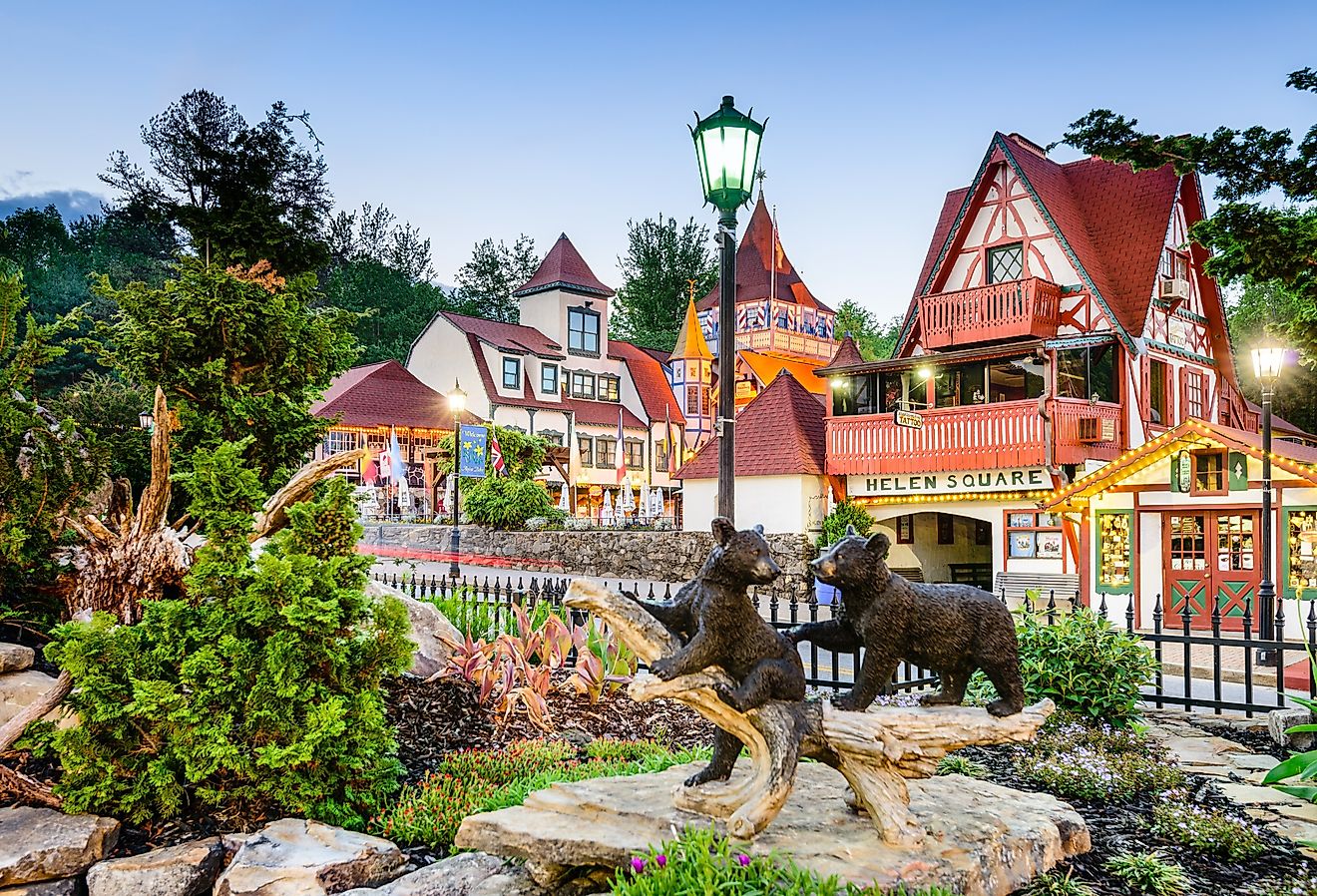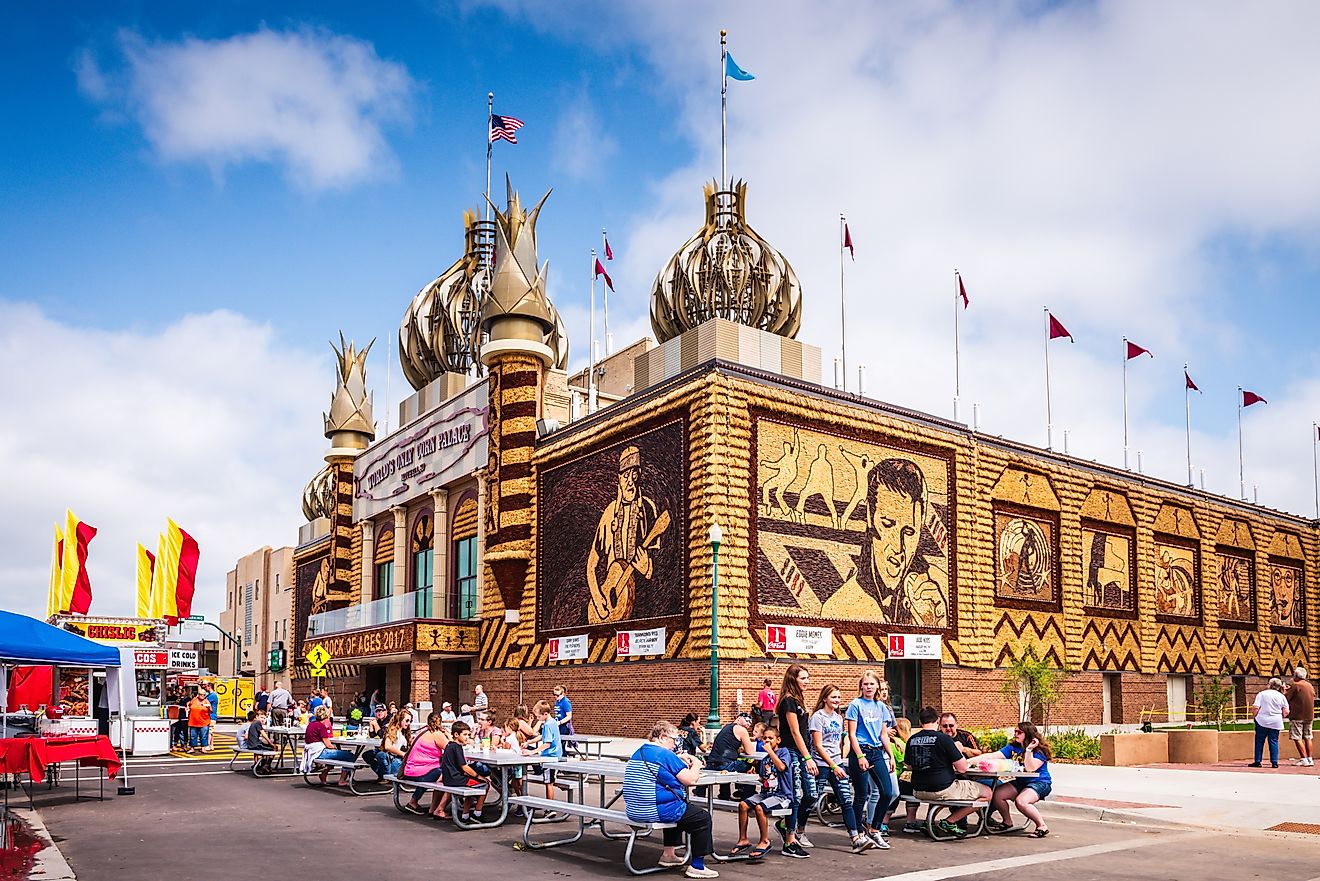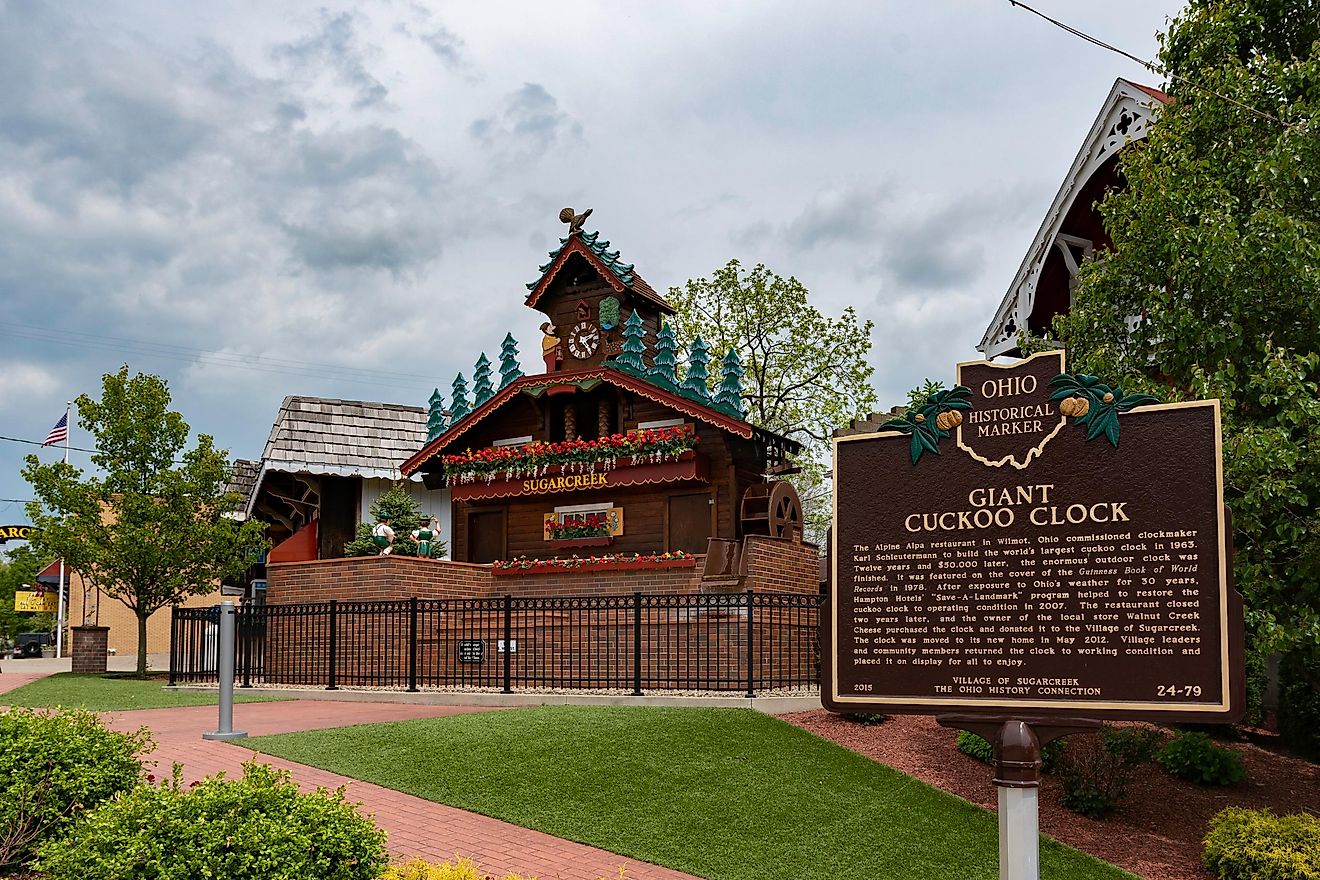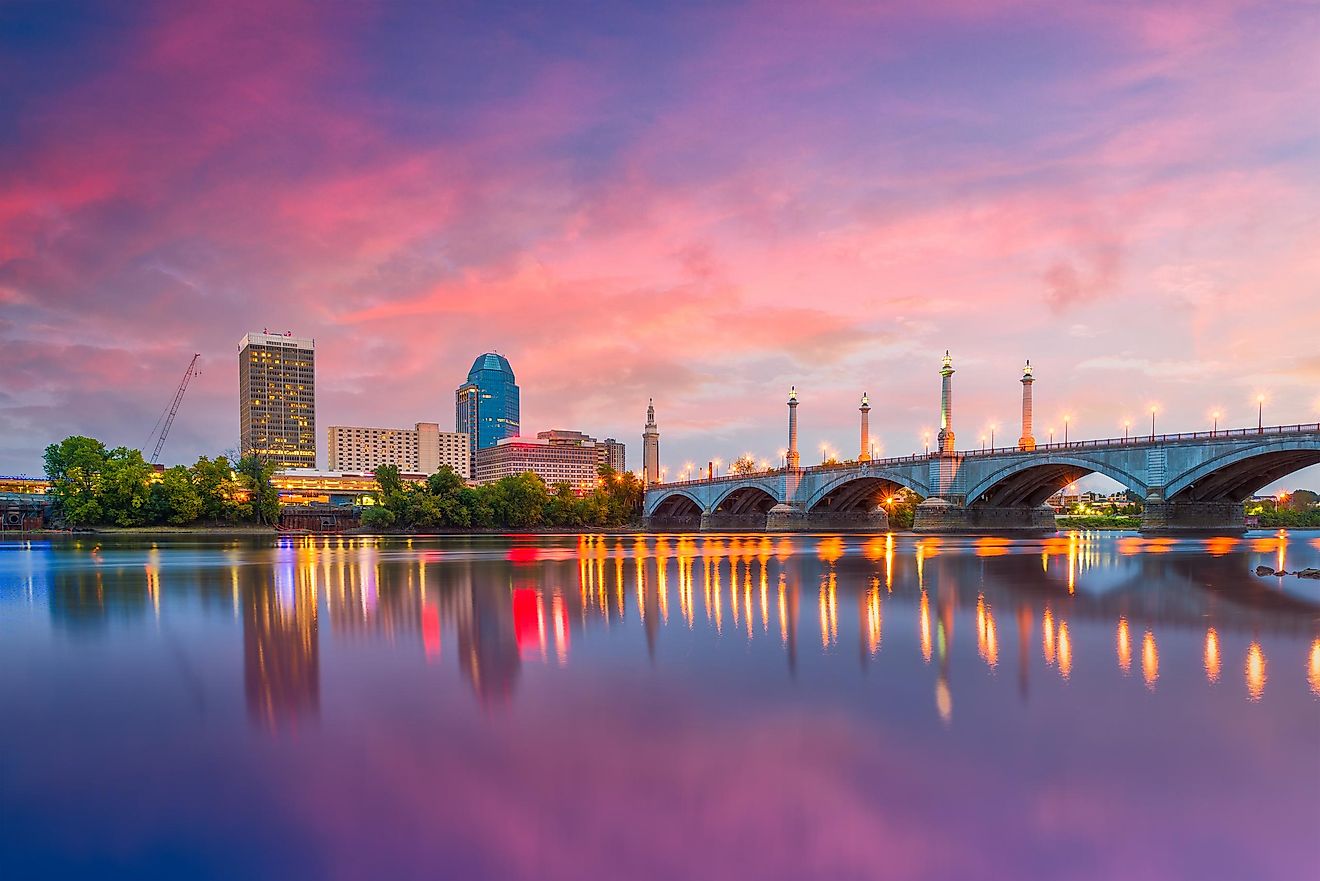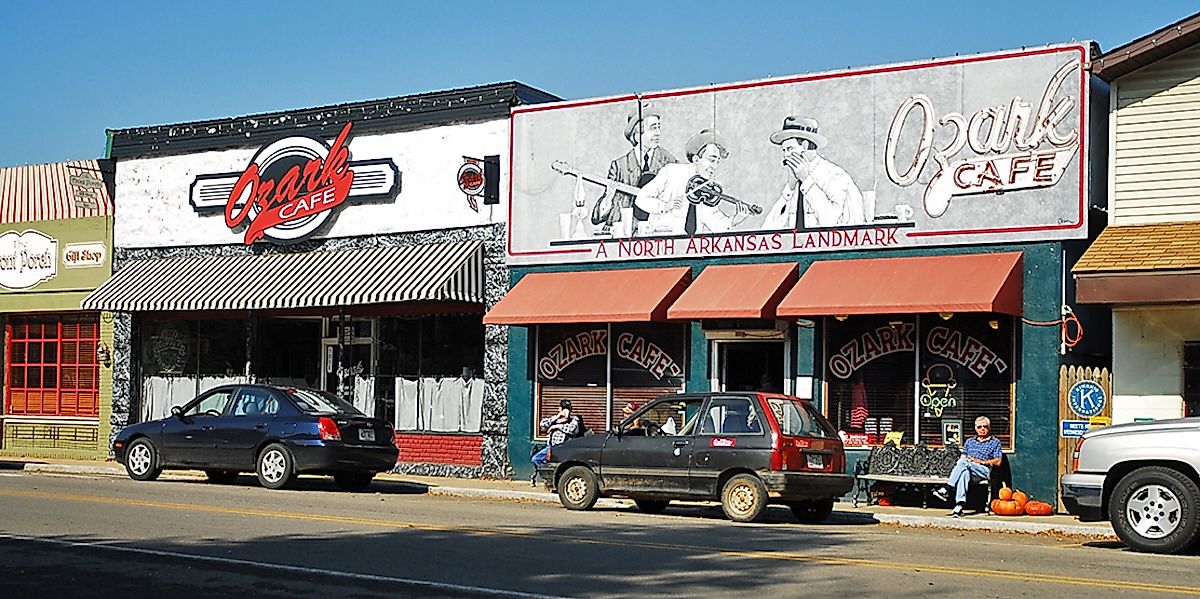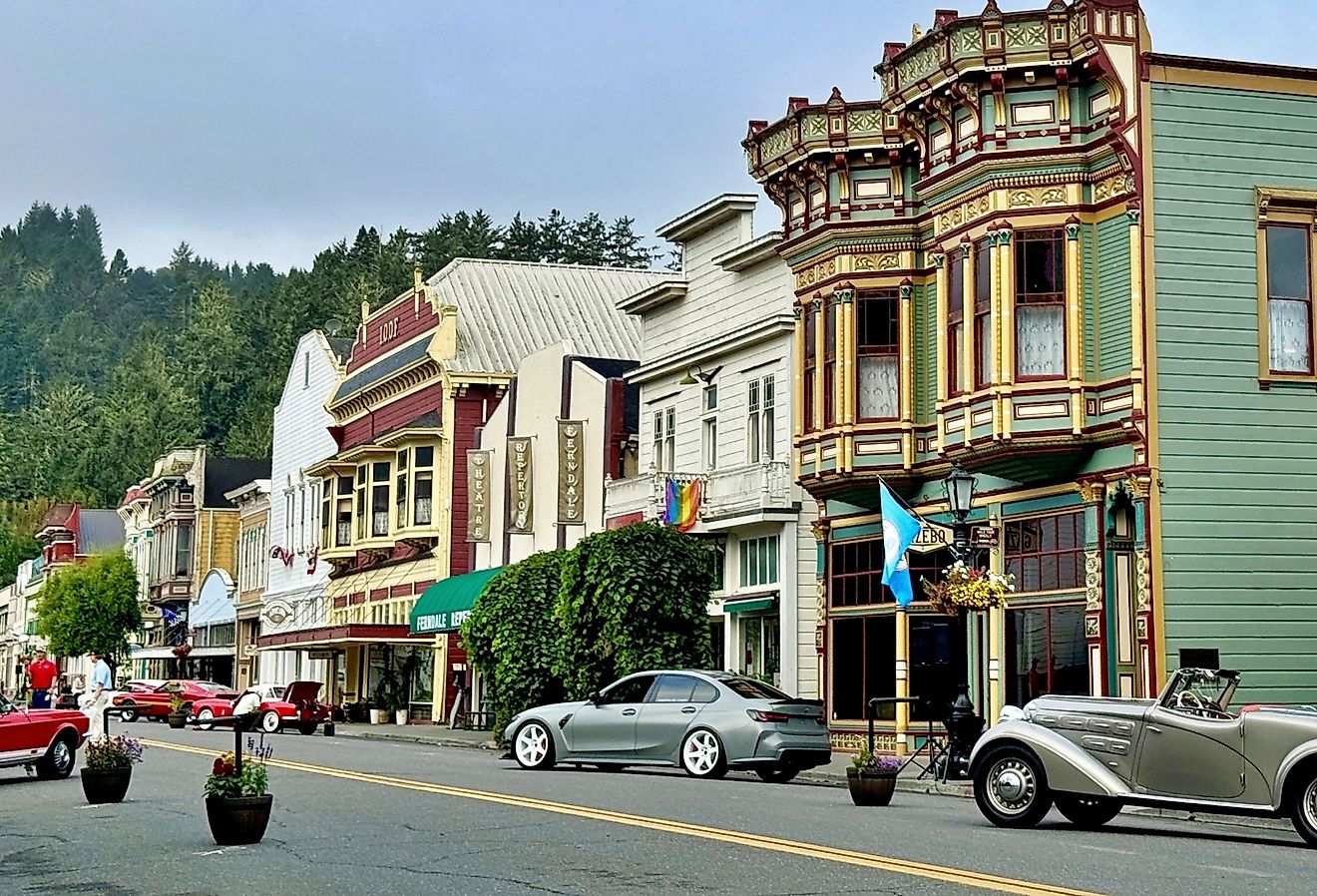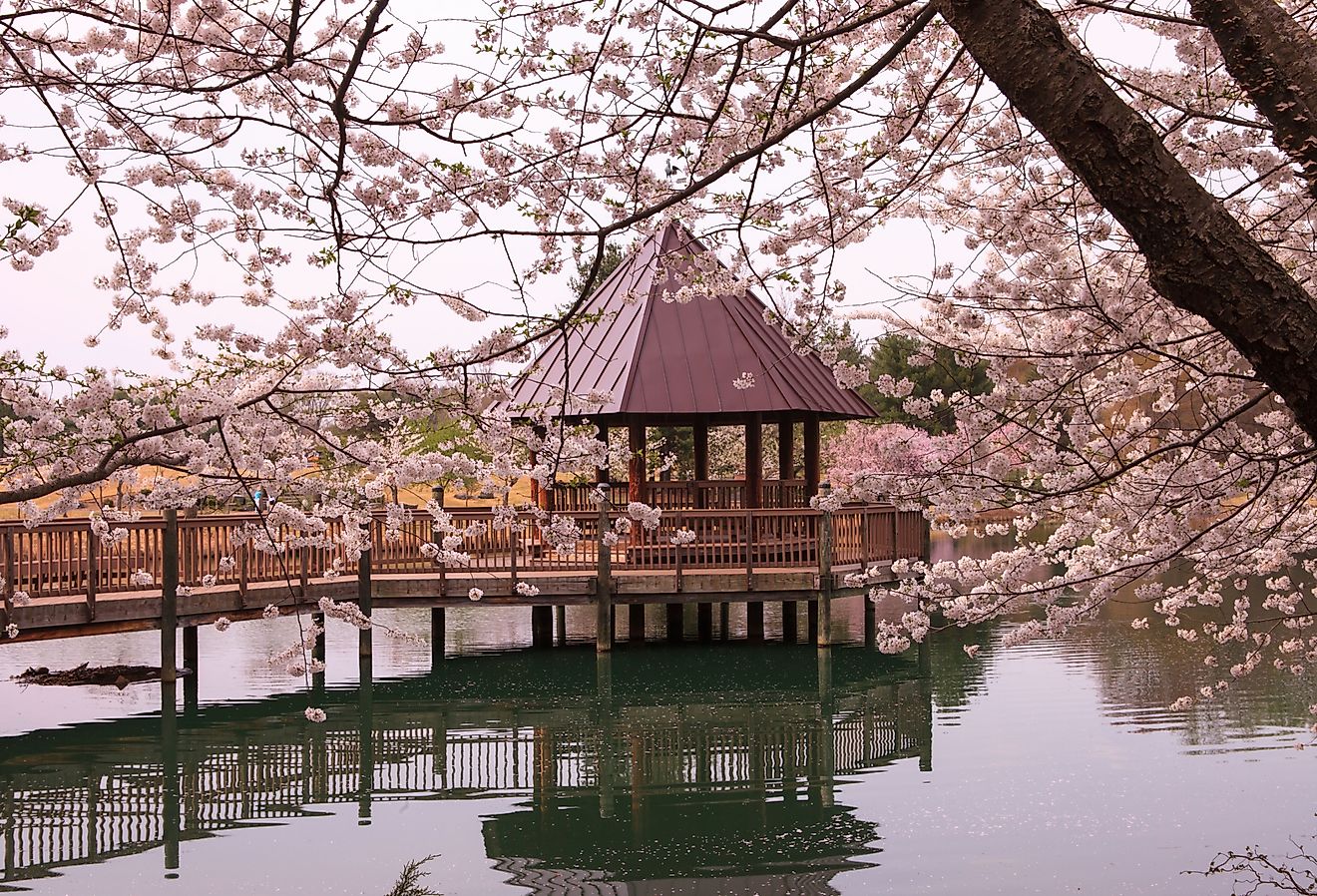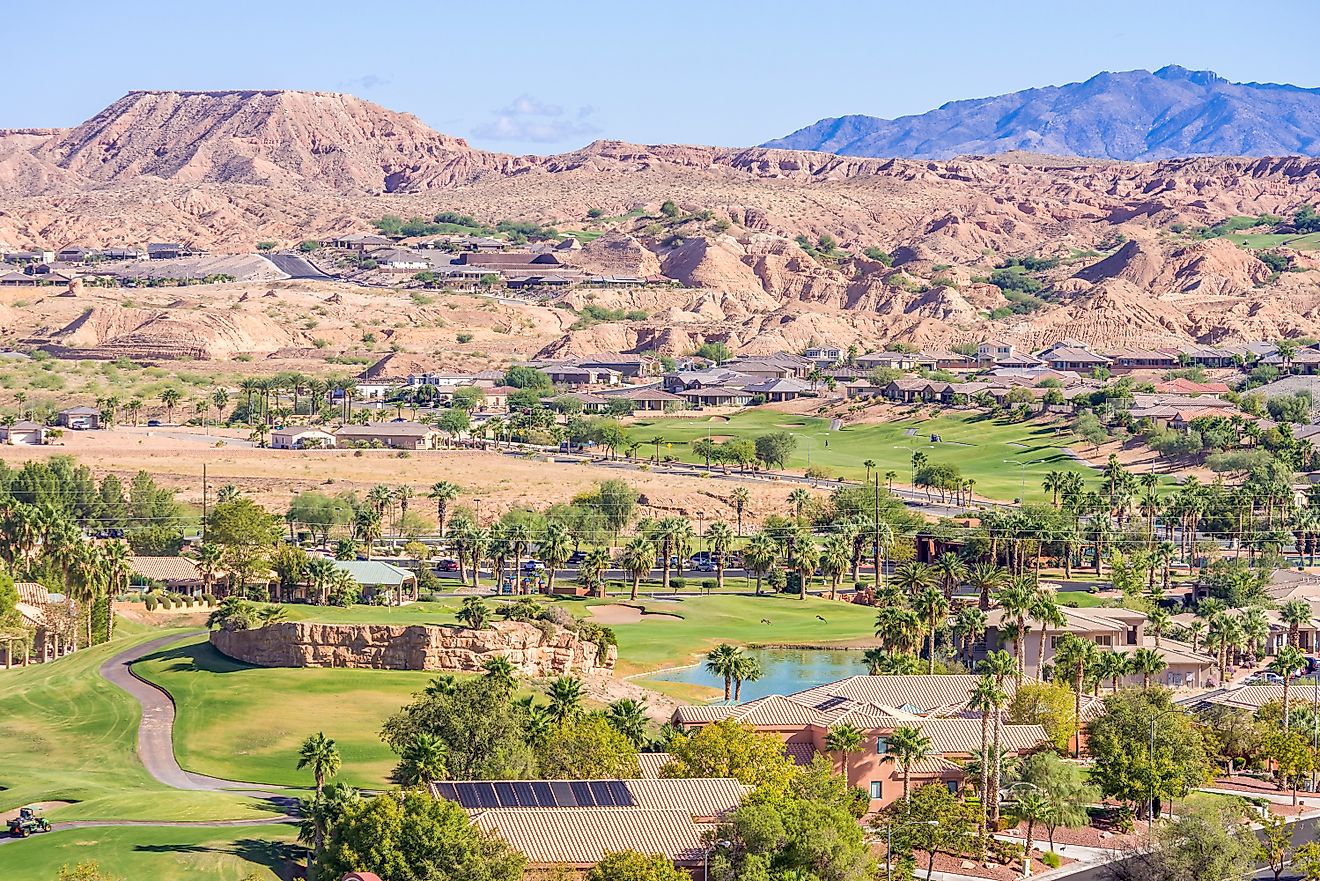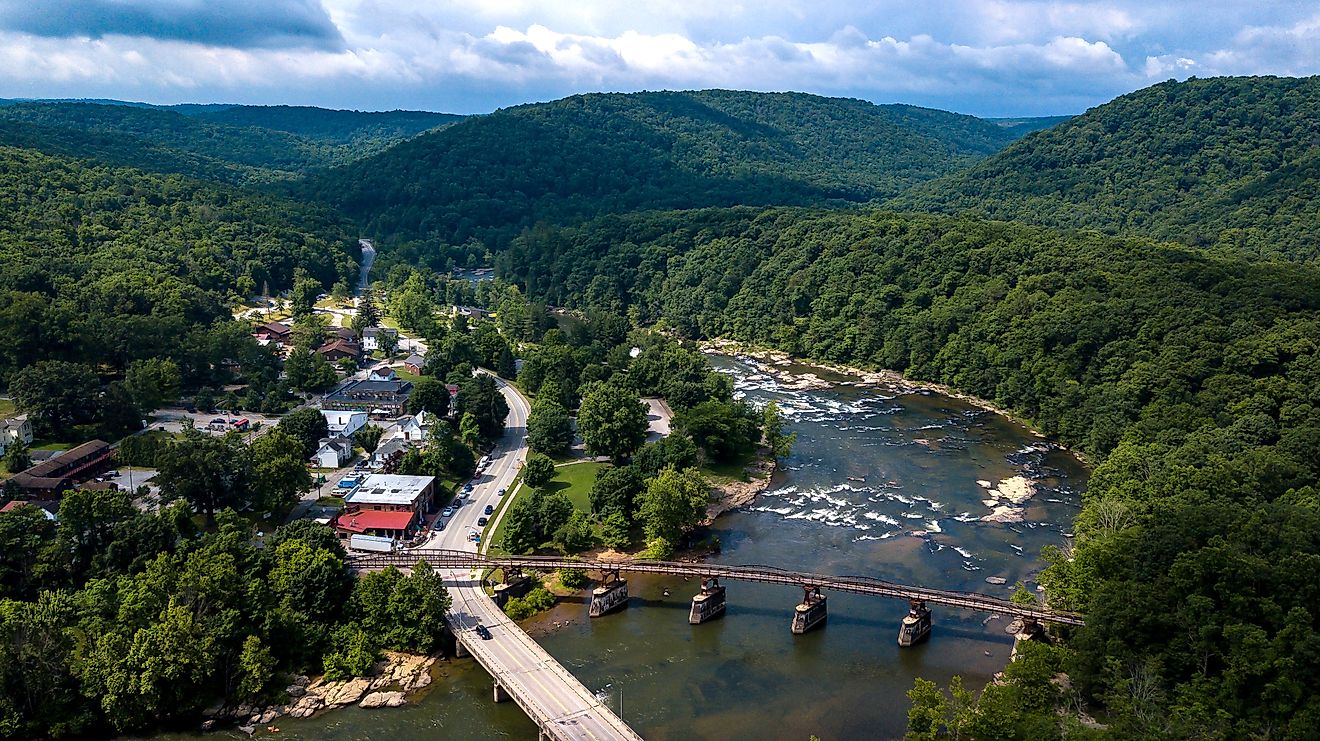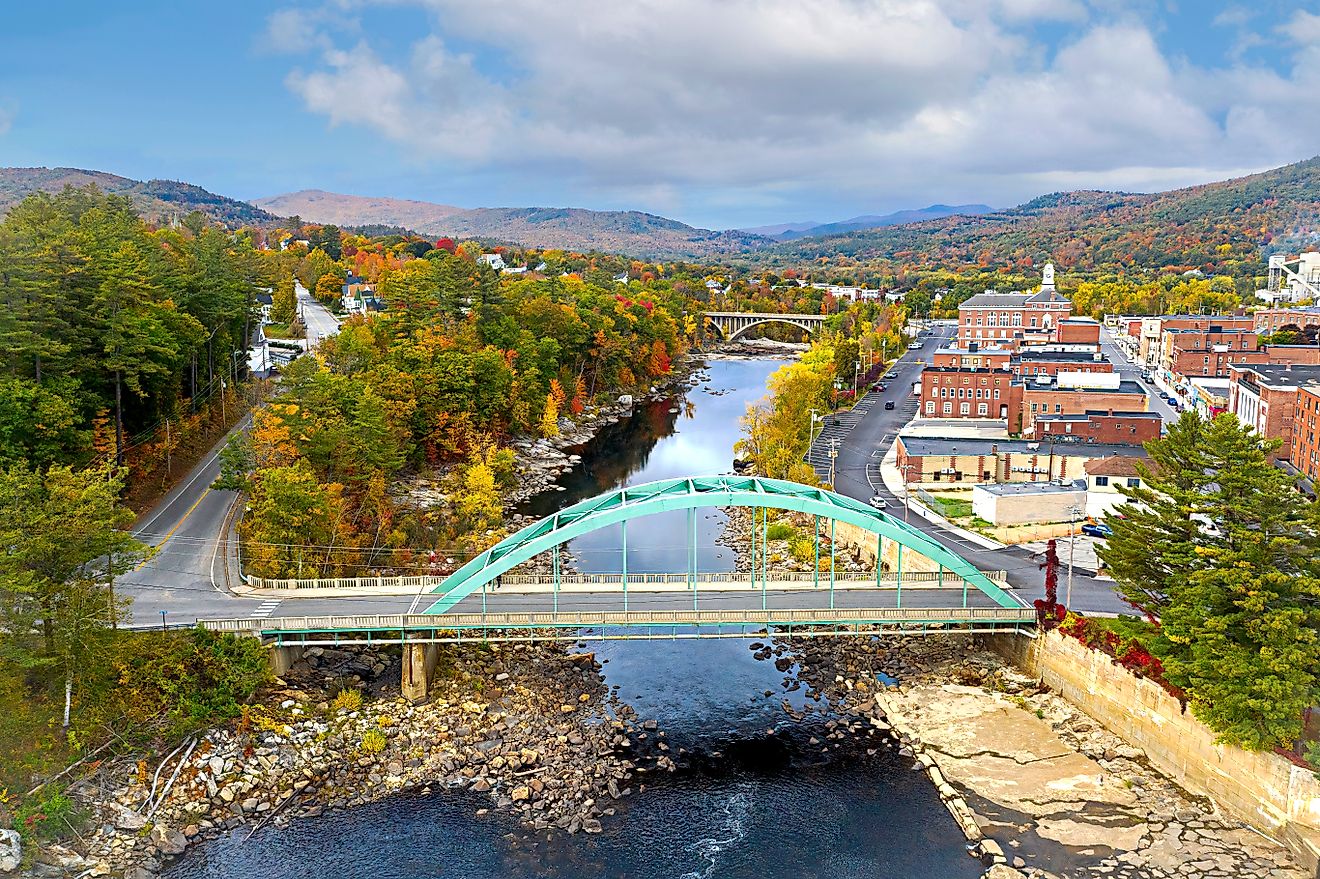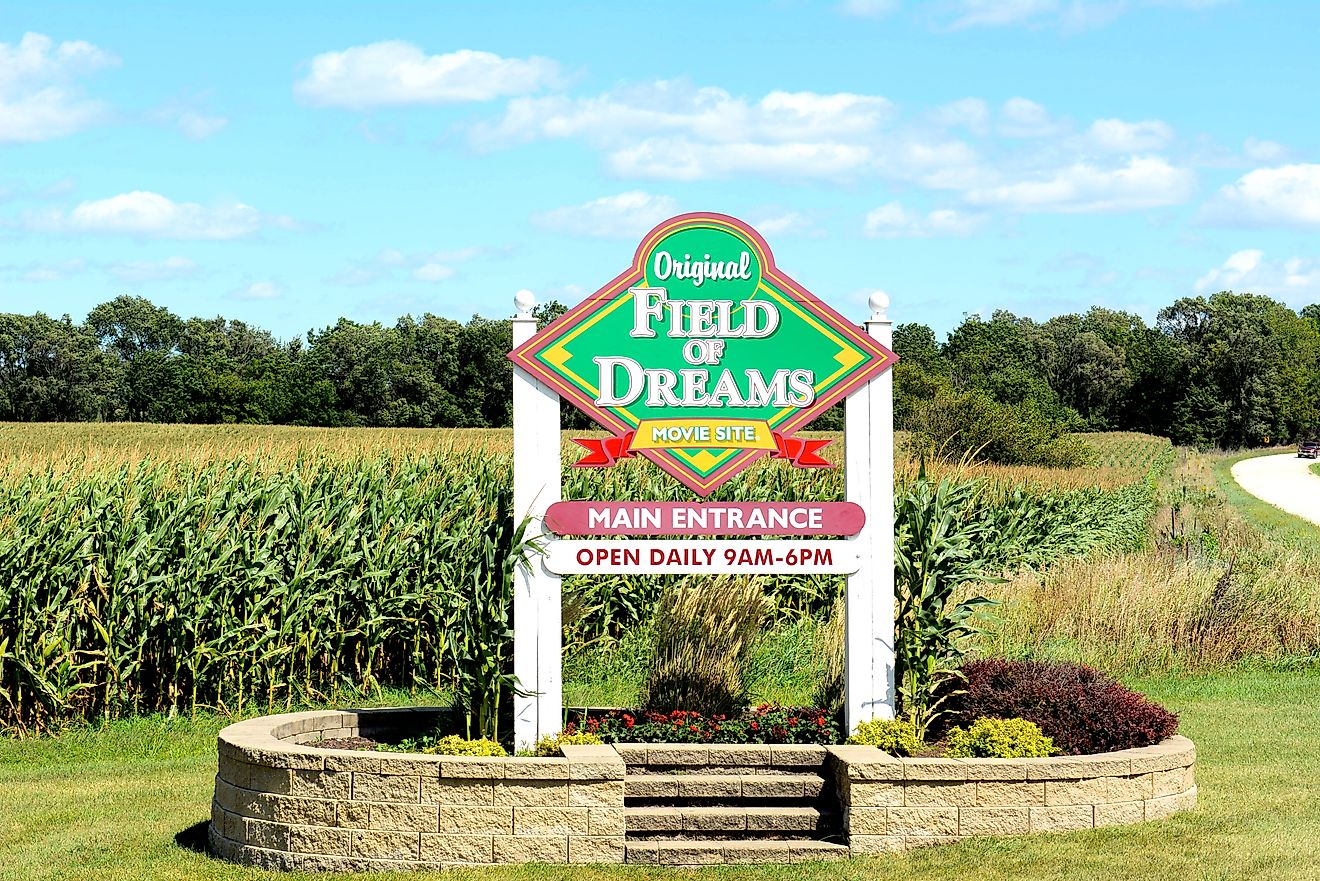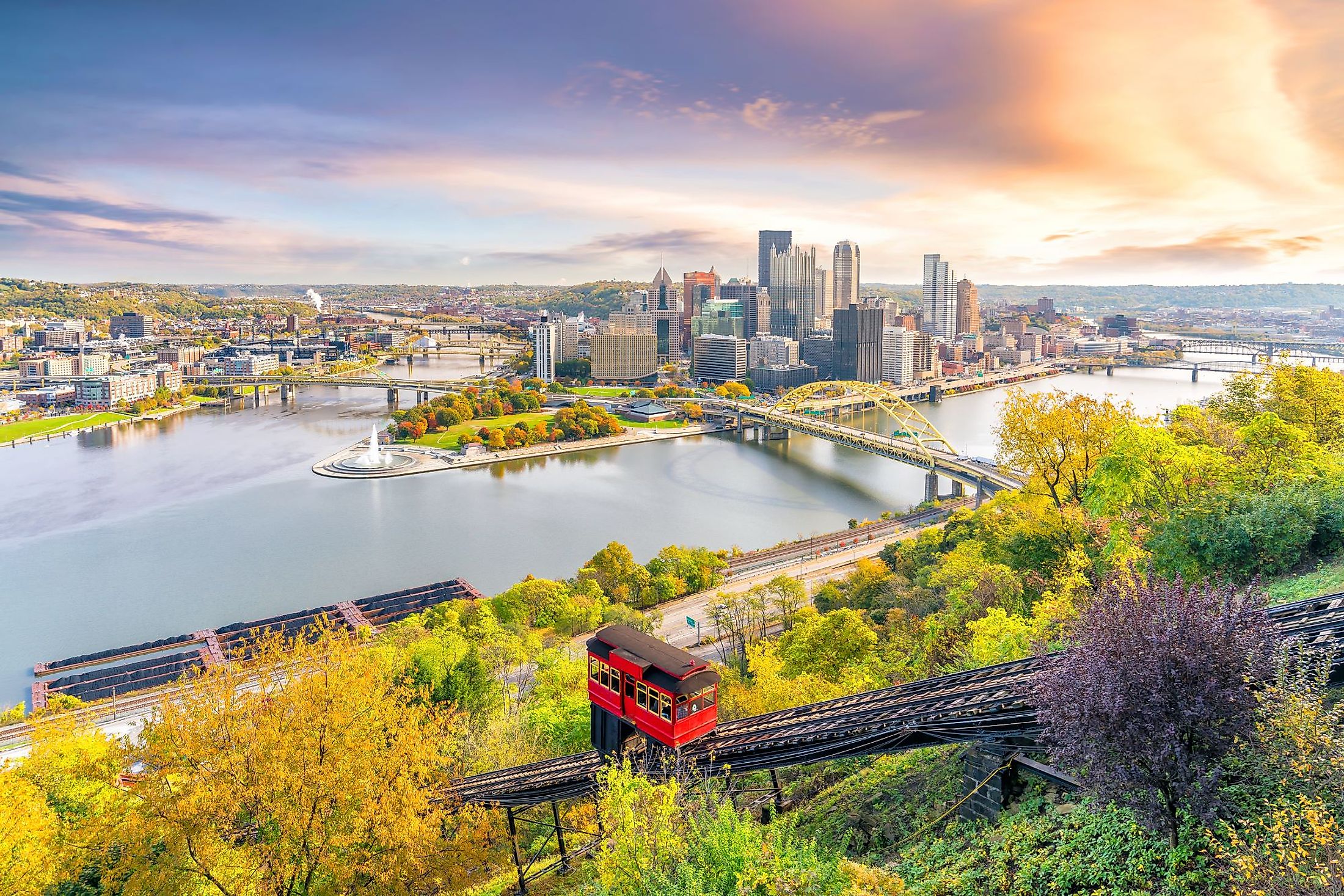
Pittsburgh, Pennsylvania
Pittsburgh is a bustling city situated in Allegheny County in the US State of Pennsylvania. The city and its surrounding area is a prominent urban-industrial complex and was well known for its great steel and iron industry in the 20th century. As the steel industry in the US went on a decline in the 1980s, Pittsburgh has now transformed into a city that, while teeming with rich history, is a modern mix of culture, sports, arts, education, and much more.
Geography Of Pittsburgh
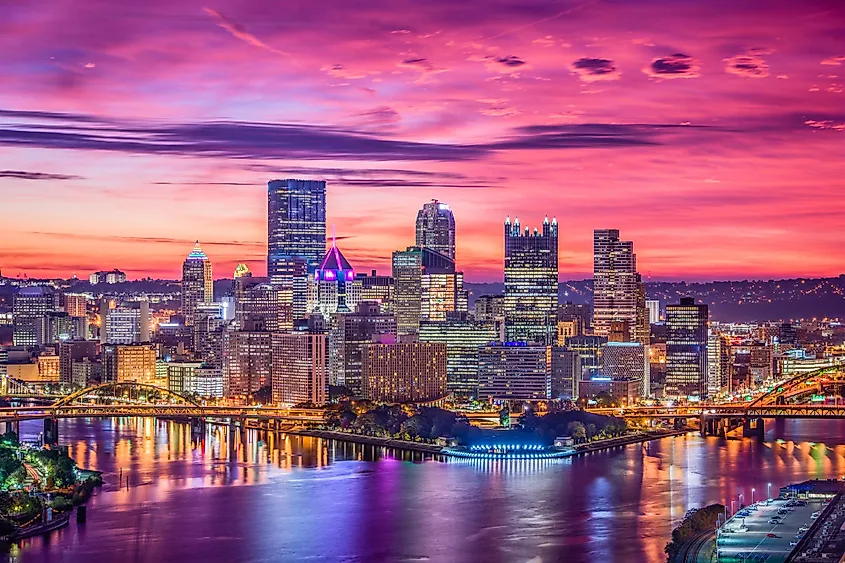
Pittsburgh is situated in the southwest portion of Pennsylvania. It is a city of hills, parks, and valleys that span over 151 sq. km. The 80th meridian west longitude passes directly through downtown Pittsburgh. Pittsburgh is situated at the meeting point of the Allegheny and Monongahela rivers, which combine in the Ohio River at the point known as the “Golden Triangle,” the business district of Pittsburgh. The city is the core of an urban industrial complex that encompasses the adjacent cities of Aliquippa, New Kensington, McKeesport, and the borough of Wilkinsburg. Due to Pittsburgh’s hilly and steep topology, many public staircases are scattered around the city - the most in the United States, earning them the nickname “The Steps of Pittsburgh.” In addition, there are many steep streets, such as Canton Avenue, which holds the record for the steepest street in the country. In addition, Pittsburgh is also known as the “City of Bridges” for having the most number of bridges in a city.
Climate Of Pittsburgh
Pittsburgh has a humid continental climate with warm, pleasant summers and cold, snowy winters. The average temperature in a year is 12.0°), with temperatures ranging from -5.0°C in winter months to 29.0°C in hot months. The temperature rarely falls below -14.0°C or above 33.0°C. The average annual precipitation is 39.6 inches and is greatest in May and least in October. Due to Pittsburgh’s once-flourishing iron and steel industry, the city's air quality has always been a concern. The city has seen a continuous decrease in air pollution over the past few decades. Many initiatives are underway to continue this decrease, such as mobile apps where Pittsburgh residents can report and track pollution odors.
Brief History Of Pittsburgh
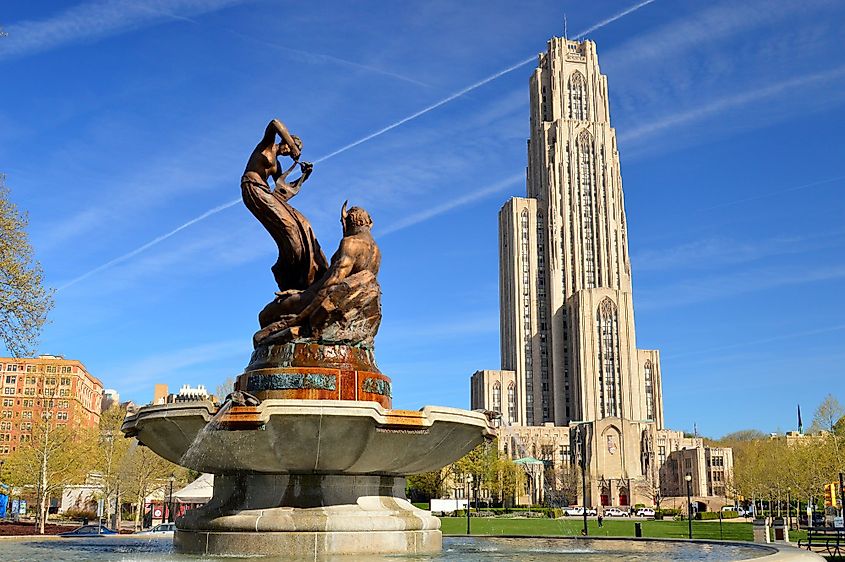
Algonquian and Iroquoian Native Americans were among the first to settle in the area that is now known as Pittsburgh. In 1761, General John Forbes and his British colonial army built Fort Pitt to establish their authority near the Ohio River's source. Three years later, John Campbell planned out Pittsburgh in the area near the fort. After the American Revolution, the city became a rest stop for travelers heading westward along the Ohio River to restock equipment and food. In the 19th century, Pittsburgh's strategic position and abundance of natural resources spurred the start of a prosperous industry: metal-working. For more than a century, the iron and steel industry was the biggest in Pittsburgh's economy, and by 1850 the city was known as the "Steel City." Following the American Civil War, a large influx of European immigrants swelled the city's population. Ever since, Pittsburgh has had a history of conflict between the laborers and authorities, and in 1881, the American Federation of Labor was established here, which later became the Laborers' International Union of North America.
The Population And Economy Of Pittsburgh
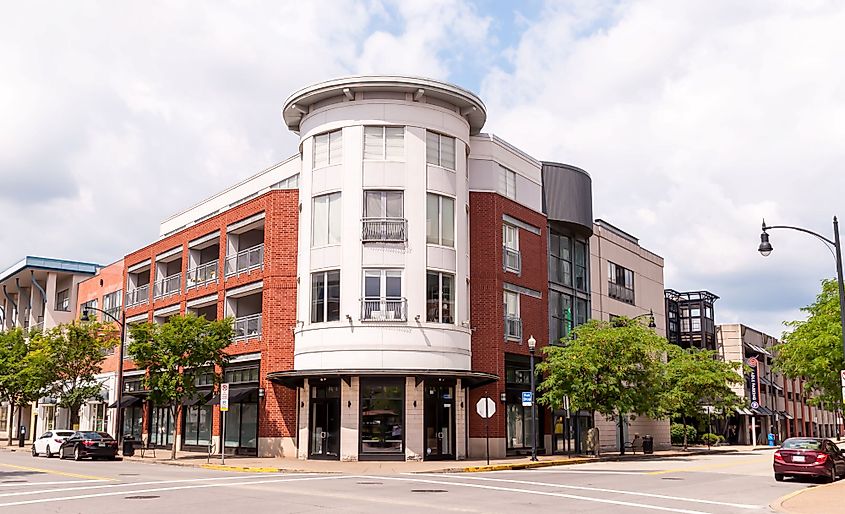
According to the 2020 US Census, Pittsburgh had a population of 302,971 people, a slight decline compared to the population in 2011 (305,704). Its population makes it the 68th largest city in the US, and the 2nd largest city in Pennsylvania, behind Philadelphia. 51.0% of Pittsburgh citizens are females, while the rest are males. The key ethnic demographics are 66.4% White, 23.0% Black or African Americans, 5.8% Asians, and 3.4% Hispanic. The city has one of the largest Italian-American communities in the United States, alongside one of the largest Croatian communities. The median household income of Pittsburgh residents is $50,536, while the percentage of people that fall below the federal poverty line is 19.7%.
By the late 1970s and early '80s, Pittsburgh's historically vital and flourishing steel industry had practically disappeared, mainly due to a decrease in demand and fierce foreign competition. Many surrounding mill towns, communities that existed only because of a nearby mill or factory, became ghost towns due to rampant unemployment. Since then, the city's economic basis has transitioned to education, tourism, medicine, finance, and various high-tech fields such as industrial automation (robotics). Pittsburgh has and continues to be one of the country's largest inland ports.
Attractions In Pittsburgh
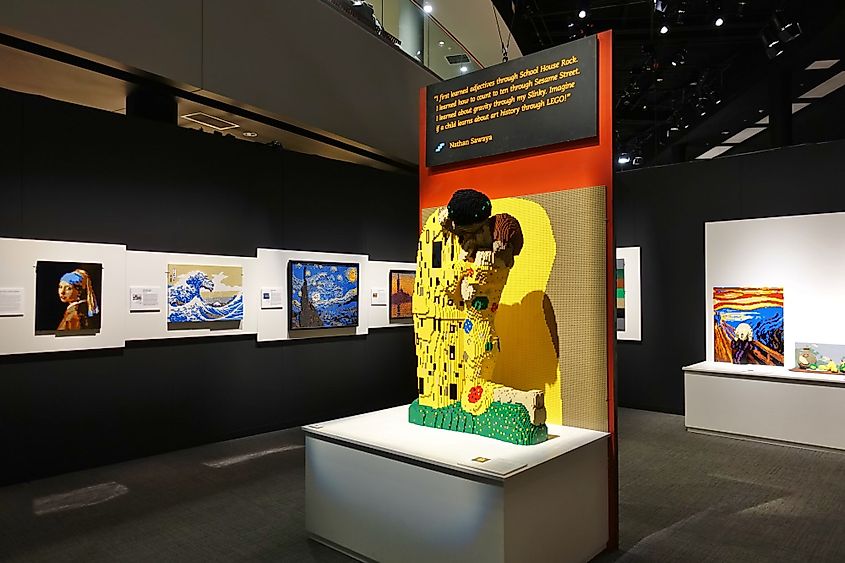
There are many attractions that are central to Pittsburgh's cultural life. The Carnegie Museums of Pittsburgh is an administrative body that encompasses a number of different museums in the city. The Carnegie Science Center, which also houses the Henry Buhl Jr. Planetarium and Observatory, and the Andy Warhol Museum, which displays the works of the Pittsburgh-born artist and filmmaker, are among the city's most popular museums.
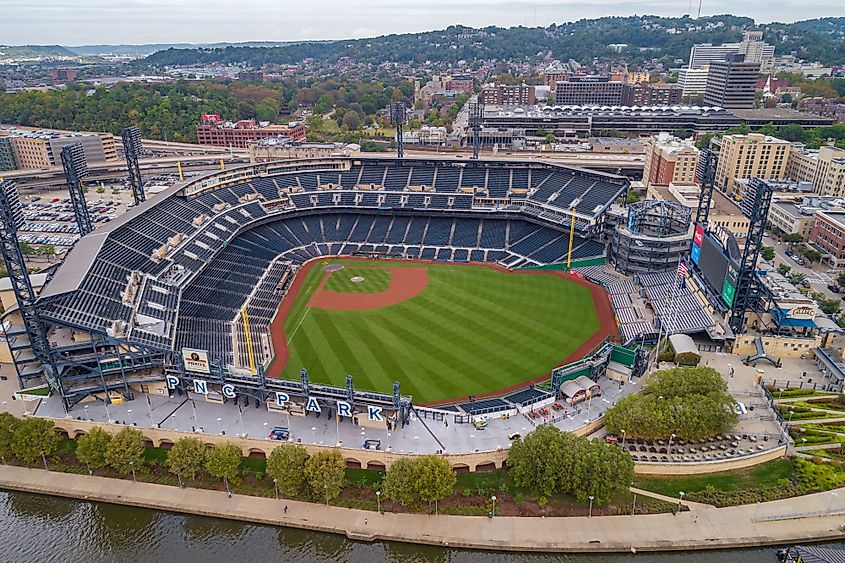
Pittsburgh also has a long history with sports, with many visitors to the city coming solely to see sports-related attractions. The Pittsburgh Pirates also called the "Bucs" (buccaneers), is one of the oldest baseball teams in the US and sees thousands of fans at their baseball games in PNC Park. The Pittsburgh Steelers, the city's football team, is the first team in NFL history to win six Super Bowl titles, which is also the most number of Super Bowl titles a single team has won. Many boast their Steelers pride with jerseys and merchandise that has the team's signature yellow-and-black color. Aside from sports, riverboat trips on Pittsburgh's canals and the city's botanical garden are smaller yet popular summertime activities.
Pittsburgh's rich heritage within the steel and iron industry, as well as its many labor conflicts and resolutions, has made it a famous city in Pennsylvania. Even as the city has shifted away from the steel and iron industries, its proud spirit still lives on in its successful sports teams, many educational institutions, and thriving economy.
